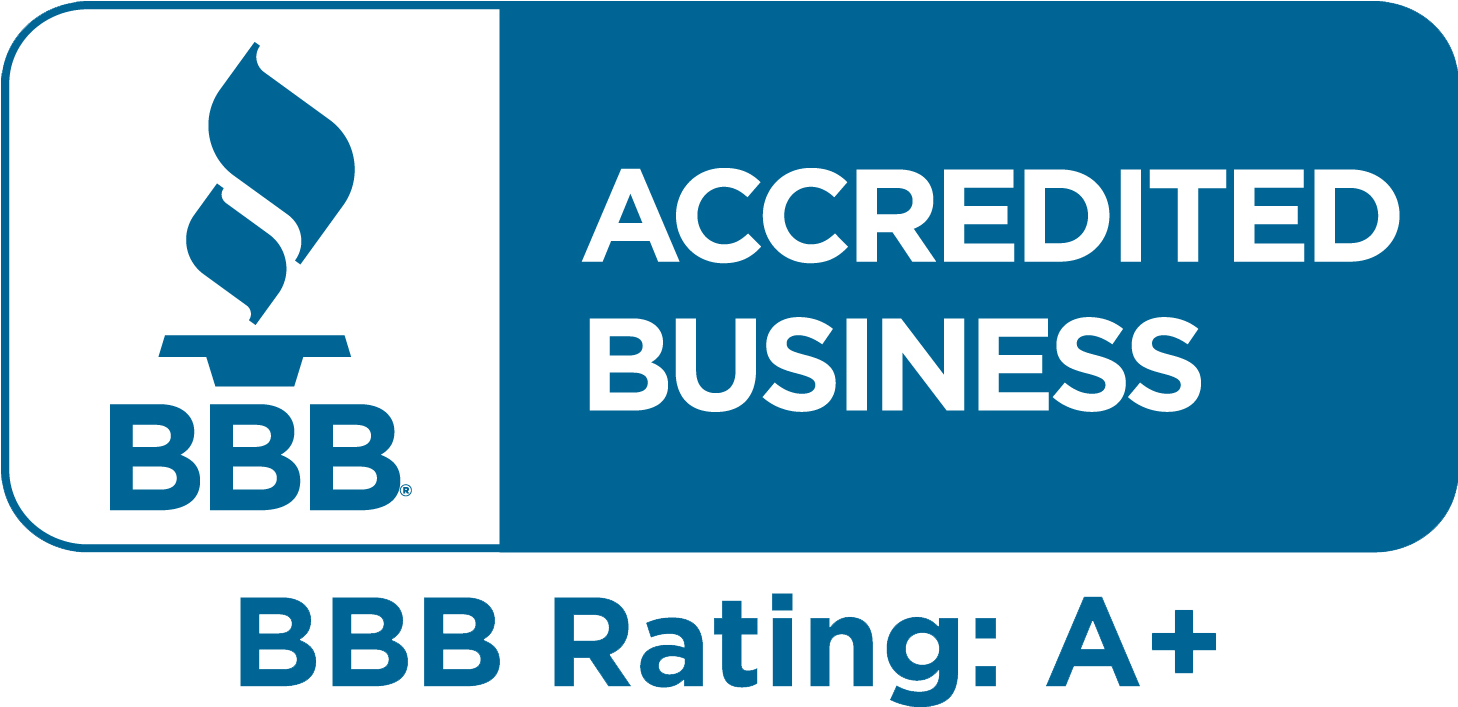Tax Form 8949
If you must report capital gains and losses from an investment in the past year, you’ll need to file Form 8949. This is an IRS form used by individuals, partnerships, and corporations to report both short- and long-term capital gains and losses from investment exchanges and sales.
Up until 2011, you could total your transactions on Schedule D; these days, you may be required to list them separately using Form 8949. With a few key instructions, you can easily report your capital gains and losses in your next tax filing.
Learn more about how to fill out Tax Form 8949 below.
How is Tax Form 8949 Used?
When an individual, partnership, or corporation sells a capital asset, a capital gain (or loss) is generated—this must be reported to the Internal Revenue Service.
The IRS requires taxpayers to report their income from any capital gains in order to collect the proper amount of income tax. They’ll also allow taxpayers to take a tax deduction on specified types of capital losses.
While Schedule D (included on Form 1040) is typically used to report capital gain or loss transactions, Form 8949 must be completed first. The transactions you report on Form 8949 are reported by brokerages every year to the IRS, and will be reported to you on Form 1099-B. Form 1099-B reports the cost basis of your buy and sell transactions. Therefore, Form 8949 is used to reflect information about transactions recorded on Form 1099-B, as well as those recorded on your own tax filings.
In certain instances, Form 1099-B doesn’t report the cost basis of your assets; in this case, you are responsible for determining the proper basis amount and calculating the gain or loss from your capital asset using separate Form 8949 copies to report each and every category of your financial transaction.
If Form 1099-B isn’t issued for your capital asset transaction, you must list that transaction on another Form 8949.
Which Types of Investment Transactions Are Reported on Form 8949?
If you’ve purchased or sold stocks, bonds, mutual funds, or other items through a broker, the broker is required to report the basis on your 1099-B form.
Some of the types of investment transactions you must report on Form 8949 include:
- Distributed capital gains
- Undistributed capital gains
- Sale of a main home
- Sale of capital assets held for personal use
- Sale of a partnership interest
- Capital losses
- Non-deductible losses
- Losses from wash sales
- Short sales
- Gains or losses from options trading
- Disposition of inherited assets
Exceptions: If all of your capital gains and losses are reported on Form 1099-B with the correct basis, and you don’t need to make any adjustments, you don’t need to file Form 8949.
Form 8949 Instructions
You must complete Form 8949 before you complete line 1b, 2, 3, 8b, 9, or 10 of Schedule D.
You should include Form 8949 with the Schedule D for the tax return you are filing, which may include Schedule D of the following forms:
- 1040
- 1041
- 1065
- 1065-B
- 8865
- 1120
- 1120S
- 1120-C
- 1120-F
- 1120-FSC
- 1120-H
- 1120-IC-DISC
- 1120-L
- 1120-ND
- 1120-PC
- 1120-POL
- 1120-REIT
- 1120-RIC
- 1120-SF
- Certain Forms 990-T
At the top of each Form 8949 you have to file, you’ll need to check box A, B or C, based on what is indicated in box 3 of the Form 1099-B.
Separating Your Capital Gains and Losses
As you fill out Form 8949, you’ll need to divide your investment transactions into six different categories. On Part I of Form 8949, you’ll need to report short-term transactions.
As indicated in the above image, these include:
- Short-term transactions reported on a 1099-B, where the basis was reported to the IRS
- Short-term transactions reported on a 1099-B, where the basis was not reported to the IRS
- Short-term transactions that don’t have a 1099-B
Part II, sections A, B, and C deal with long-term transactions, including:
- Long-term transactions reported on a 1099-B, where the basis was reported to the IRS
- Long-term transactions reported on a 1099-B, where the basis was not reported to the IRS
- Long-term transactions that don’t have a 1099-B
Instructions for the filling out Columns D, E, F, and G:
Column D: If you receive Forms 1099-B or 1099-S, you must report the sales price indicated on the form in Column D of Form 8949.
Column E: If your Form 1099-B shows that the cost was reported to the IRS, always report the basis shown on that form in Column E.
Column F: If you need to explain any adjustment to gain or loss in Column G, enter the corresponding codes in Column F. If more than one code applies, you must enter them all. A tax professional can help you determine which codes apply to your situation.
Column G: If any correction or adjustment to these amounts is needed, make it in Column G.
It’s important to note that you’re required to fill out a separate Form 8949 for transactions that would be reported on the same page, but do not fall in the same category.
For example, if you received 1099-B forms for three long-term investment transactions, but the basis was not reported to the IRS on two of them, you’ll need to fill out separate versions of Form 8949 for each transaction in which the basis wasn’t reported.
As you complete Form 8949, you’ll need a few different pieces of information, including the date you acquired the property, the date you sold the property, the sales price (amount the property was sold for), and the cost or other basis (amount you paid for the property plus any fees or commissions).
Form 8949 Help from Community Tax
In the world of tax documentation, the sheer volume of forms can make filing your taxes a daunting challenge. With Community Tax, it doesn’t need to be. Whether you need to file Form 8949, Form 8300, or need help with IRS penalty abatement, our team of professionals is here to help. Give us a call today and learn how we can transform your filing processes.



